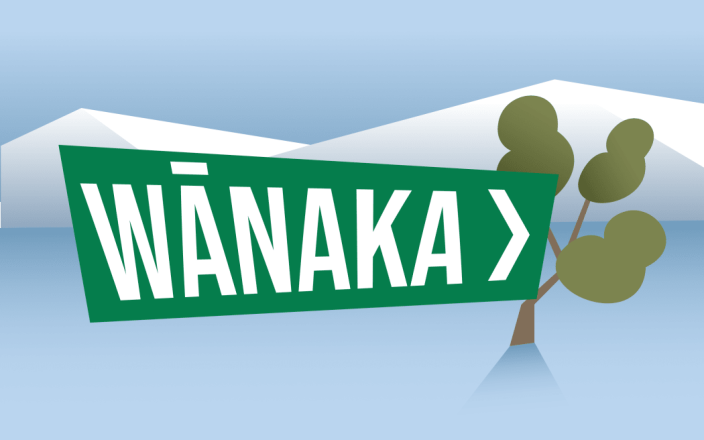Сейчас Ванака — знаменитый горнолыжный городок в Новой Зеландии, популярный среди туристов своими пейзажами и связью с фильмами «Властелин колец». Однако до заселения европейцами город был известен благодаря образованию.
Новая серия подкастов RNZ под названием «Город Нау Май» начинается сегодня с эпизода о Ванаке. В сериале рассказывается о топонимах маори, их значениях и истории. Ведущая Джастин Мюррей начинает этот сезон в Те-Вайпунаму и отдает дань памяти Матарики из группы Treble Cone, расположенной недалеко от Ванаки.
У Ванаки были и другие имена. Долгое время она называлась так же, как и прибрежный город в Уэльсе. Впервые город был обследован в 1863 году и назван Пембрук в честь британского политика барона Герберта из Ли. Но к 1940 году первоначальное название маори было использовано повторно, чтобы избежать путаницы между озером и городом.
Название Ванака, возможно, произошло от имени местного рангатиры (вождя) по имени Анаке или Анака, что означает «место Анаки/э». Некоторые считают, что оно похоже на Ванаку. Другие считают, что это часть местного диалекта Кайтаху, где слово «ng» заменено на «k». Поэтому слово «ванака» будет произноситься как «вананга», что означает «место обучения».
Подкаст расскажет больше об историях, стоящих за этими именами, и о роли Селвина Тугуда в этой истории. По мере продолжения сериала в нем будут представлены другие города, такие как Пейхия и Таумарунуи, а также предыдущие эпизоды, посвященные таким местам, как Тимару, залив Толага и Роторуа.




























































